Discover the Enchantment of Whale Watching in Hawaii Crystal Waters.
Whale Watching in Hawaii.
Understanding the Fascination with Whale-Watching.
Whale watching in Hawaii is an awe-inspiring activity that has captivated people around the world for centuries. There’s just something about these majestic creatures gliding through the ocean that leaves us feeling humbled and amazed. Their immense size, graceful movements, and haunting songs make for a truly unforgettable experience.
The Importance of Hawaii as a Whale-Watching Destination.
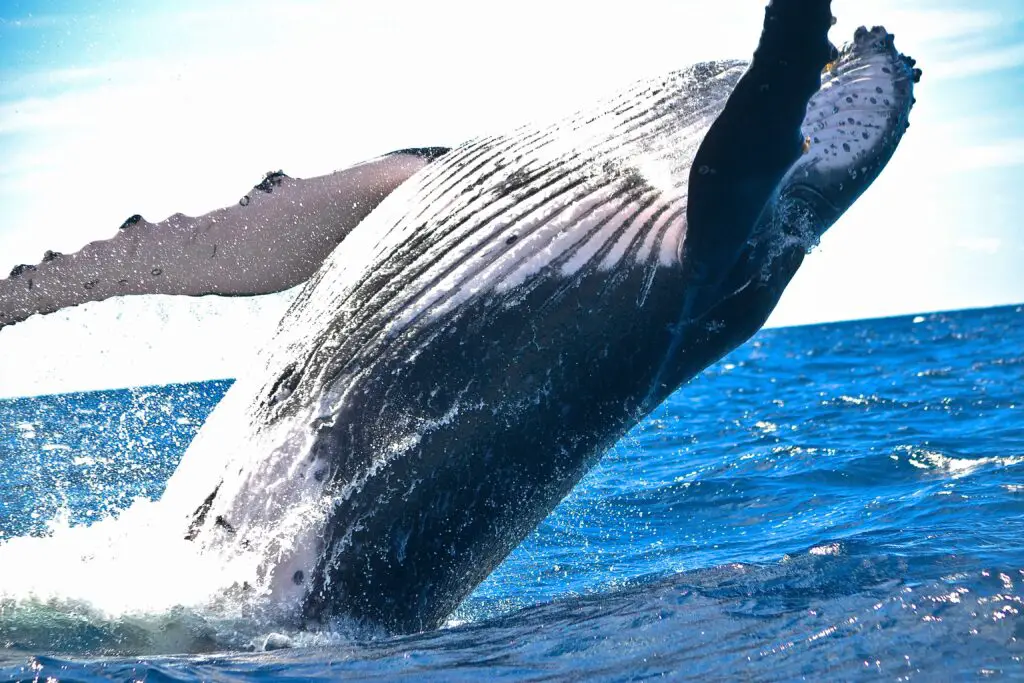
When it comes to whale watching, Hawaii is undoubtedly one of the best places on Earth to witness this extraordinary natural phenomenon. Each year, thousands of humpback whales migrate to the warm waters surrounding the Hawaiian Islands to breed and give birth. This makes Hawaii a mecca for whale enthusiasts, who flock here in search of unforgettable encounters with these gentle giants.
Whale Migration Patterns in Hawaii.
The Humpback Whale Migration Route.
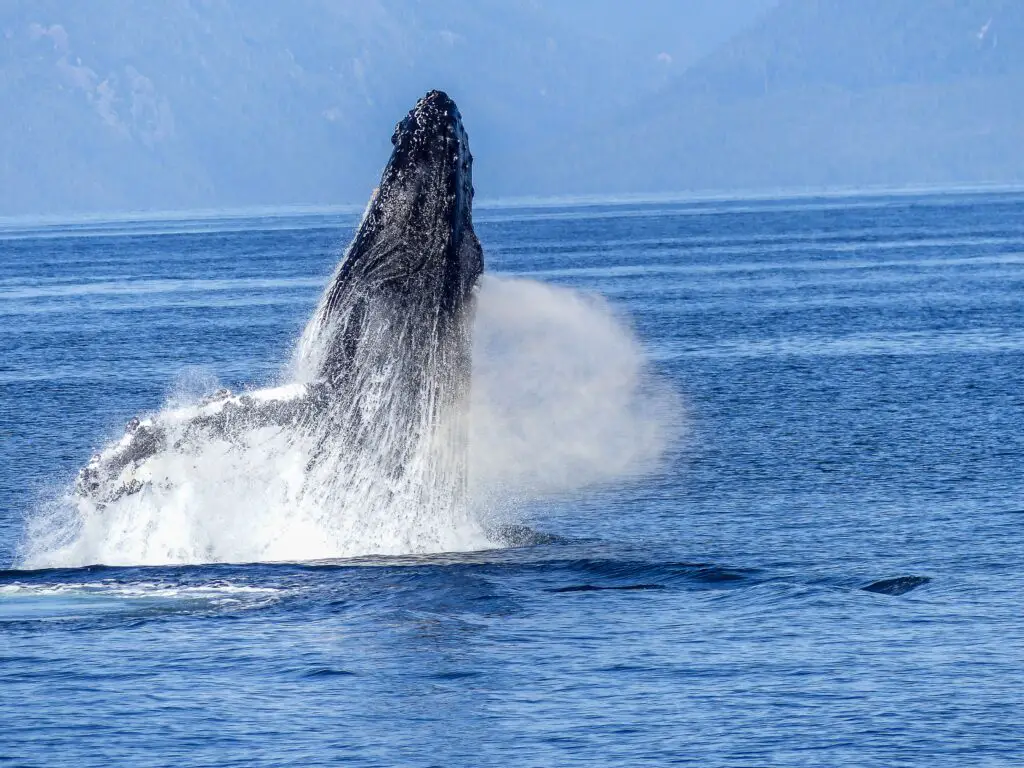
Humpback whales have one of the longest migration routes of any mammal, and Hawaii plays a vital role in their journey. These magnificent creatures travel all the way from their feeding grounds in Alaska to the warm waters of Hawaii to mate and give birth. It’s an incredible journey that spans thousands of miles, and witnessing this migration is truly a sight to behold.
Factors Influencing Whale Migration in Hawaii.
Several factors influence the timing of whale migration in Hawaii. One of the main drivers is the changing seasons. Humpback whales tend to arrive in Hawaiian waters during the winter months, seeking refuge from the colder temperatures up north. Additionally, the availability of food and the need for warmer waters for their newborn calves also dictate their timing. It’s a delicate balance of nature that keeps this ancient migration pattern in motion.
Peak Whale Watching Season in Hawaii.
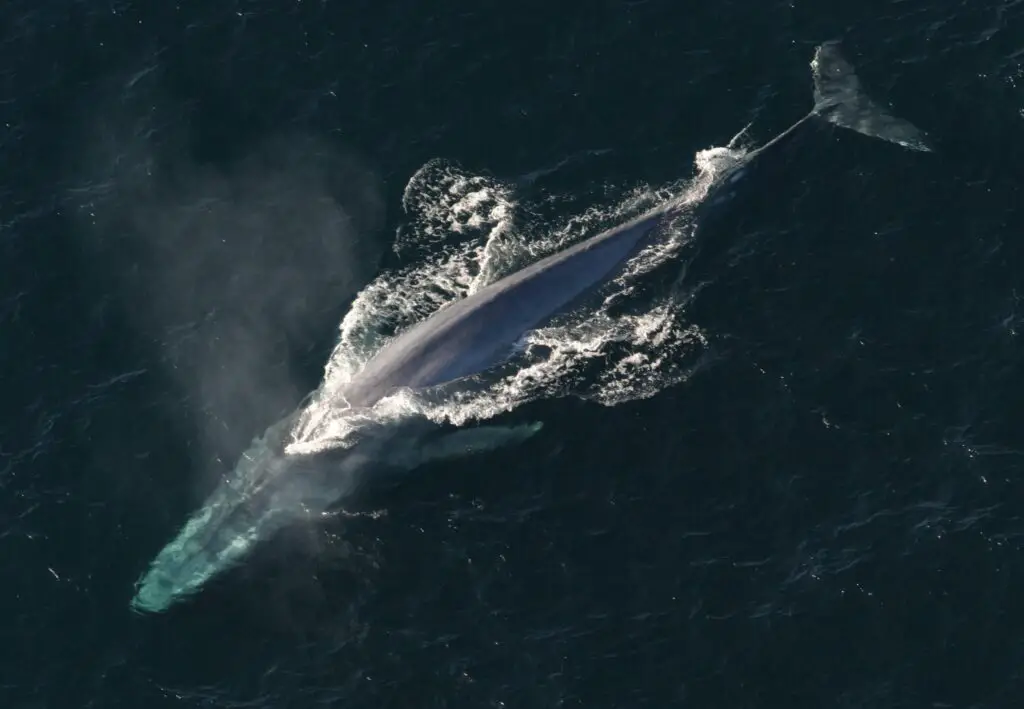
Overview of the Annual Whale Watching Season.
The annual whale watching season in Hawaii typically spans from November to May, with the peak occurring between January and March. During this time, the waters surrounding the islands become a playground for humpback whales, as they engage in impressive displays of breaching, tail slapping, and singing.
Key Months for Whale Sightings in Hawaii.
While you can spot whales throughout the entire whale-watching season, the months of February and March offer some of the best opportunities for sightings. During these months, the whale population is at its highest, and you’re almost guaranteed to witness their captivating behaviors up close.
Best Islands and Locations for Whale Watching in Hawaii.
Top Whale-Watching Spots in Maui.
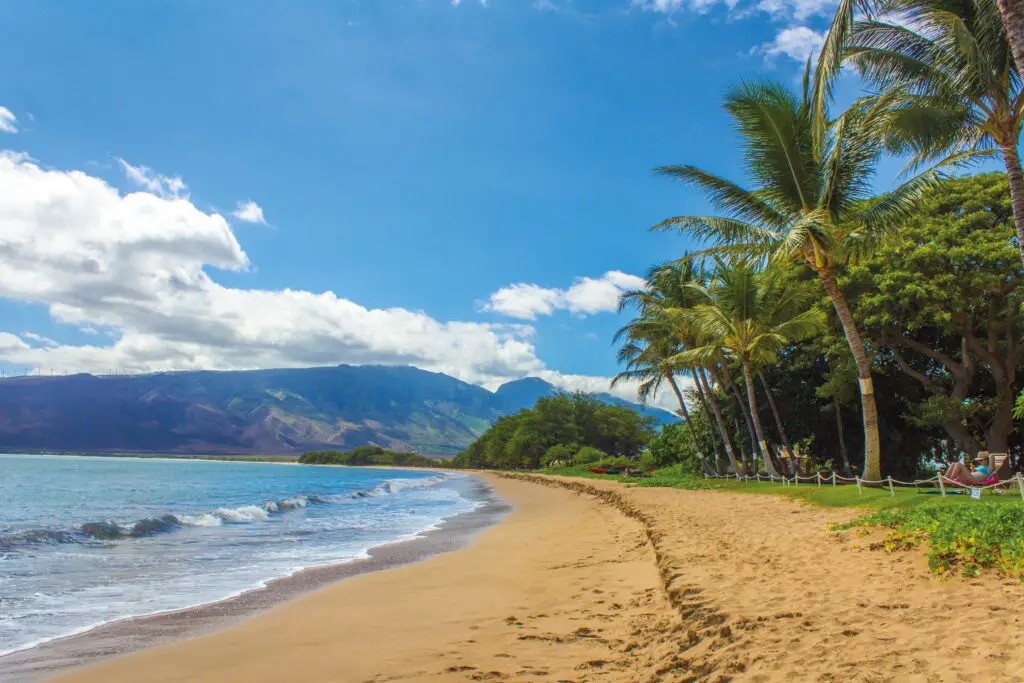
If you’re on the hunt for incredible whale-watching experiences, Maui is the place to be. The waters off the coast of Lahaina and Maalaea offer excellent vantage points for witnessing humpback whales in action. You can either join a whale-watching tour or simply find a cozy spot along the shoreline to enjoy the show.
Must-Visit Locations for Whale Watching in Oahu.
Oahu is another fantastic island for whale-watching enthusiasts. Head to the iconic Makapu’u Point or the scenic Kaena Point for breathtaking views of these majestic creatures. The east and north shores of Oahu are particularly popular for whale sightings, so keep your eyes peeled for their awe-inspiring displays.
Hidden Gems for Whale Watching in Kauai.
For those seeking a quieter and more intimate whale-watching experience, look no further than Kauai. The calm and crystal-clear waters off the coast of Poipu Beach and Kilauea Lighthouse provide excellent opportunities to see humpback whales in their natural habitat. Don’t forget your binoculars and a sense of wonder as you explore these hidden gems for whale watching. Now that you have an insight into the best time to visit Hawaii for whale watching, grab your sunscreen, pack your sense of adventure, and get ready for an unforgettable encounter with these magnificent creatures. Hawaii is waiting for you, and the whales are ready to put on a show you’ll remember for a lifetime.
Whale Watching Tours and Activities in Hawaii.
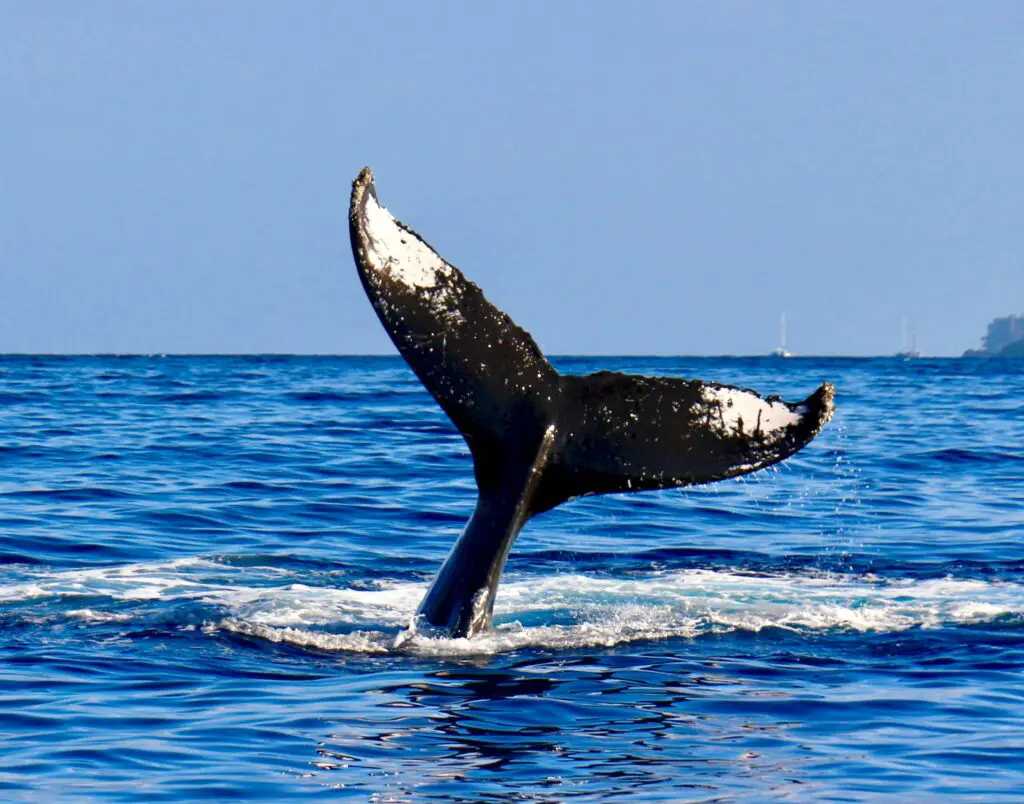
Guided Whale Watching Tours in Hawaii.
When it comes to getting up close and personal with these majestic creatures, guided whale-watching tours are your best bet. Knowledgeable guides will take you to the best spots for whale sightings and provide fascinating insights into the behavior and migration patterns of humpback whales. It’s like having your own personal marine biologist on board!
Boat and Kayak Excursions for Whale Watching.
If you want a more adventurous experience, hop on a boat or kayak excursion for whale watching. Feel the thrill as you navigate the ocean waters and witness the awe-inspiring sight of these gigantic creatures breaching and splashing just a few meters away from you. Just remember to keep your balance and hold on tight!
Unique Ways to Experience Whale Watching in Hawaii.
For those looking for something truly special, Hawaii offers some unique ways to experience whale watching. How about a sunset catamaran cruise with a champagne toast? Or maybe a helicopter tour that allows you to witness these incredible creatures from above? There are even underwater tours with specialized equipment that let you listen to the enchanting songs of the whales. The possibilities are as endless as the ocean itself!
Tips for Enhancing Your Whale-Watching Experience.
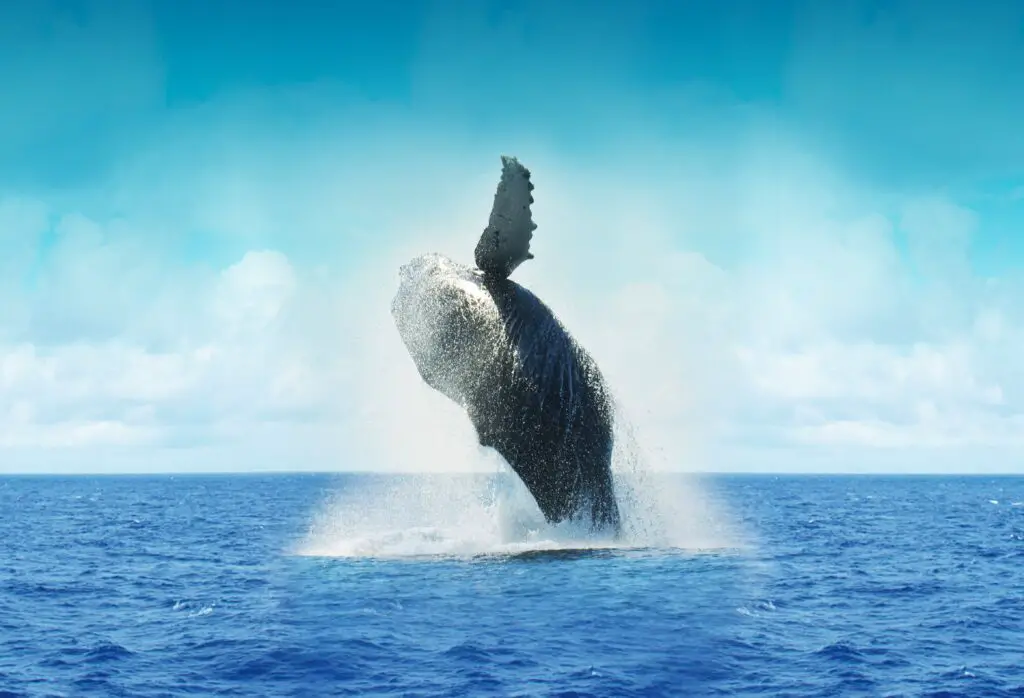
Best Practices for Whale Watching Etiquette.
When it comes to interacting with wildlife, it’s important to remember that we are the visitors in their homes. To ensure the well-being of the whales and the preservation of their natural behavior, it’s crucial to practice proper whale-watching etiquette. Maintain a respectful distance, avoid sudden movements, and never try to touch or feed the whales. Let’s keep the integrity of their underwater world intact.
What to Bring and Wear for Whale Watching.
To make the most of your whale-watching experience, it’s essential to come prepared. Don’t forget to bring binoculars to get a closer look at the whales in the distance. Dress in layers, as the ocean breeze can be chilly. Sunscreen, hats, and sunglasses are also a must to protect yourself from the Hawaiian sun. And of course, a camera or smartphone to capture those unforgettable moments!
Photography Tips for Capturing Amazing Whale Moments.
Whale watching is a once-in-a-lifetime experience, and you’ll want to capture every breathtaking moment. For the best shots, be patient and wait for the perfect opportunity. When photographing breaching whales, have your camera ready to capture the action as it happens. And if you’re lucky enough to witness a tail slapping or a spectacular breach sequence, burst mode is your best friend. But remember, sometimes it’s better to put the camera down and simply enjoy the spectacle with your own eyes.
Conservation and Protection of Whales in Hawaii.
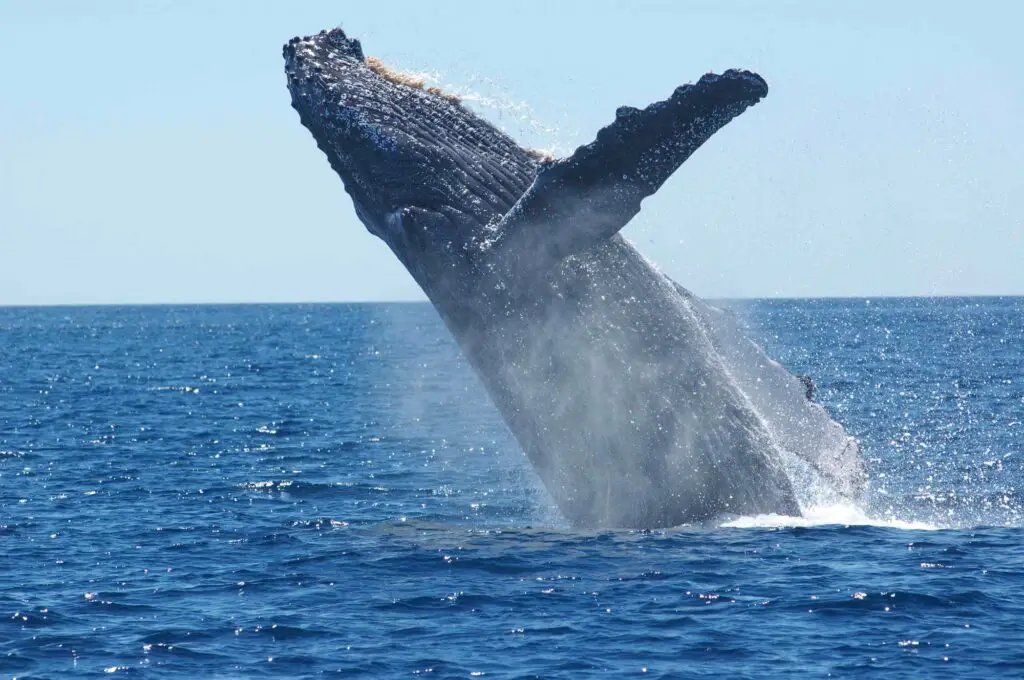
Hawaii’s Efforts in Whale Conservation and Research
Hawaii takes the conservation and protection of whales seriously. The state actively participates in research initiatives to better understand these magnificent creatures and their habitats. Through partnerships with scientific organizations, Hawaii aims to ensure the long-term survival of humpback whales and their ecosystems. By visiting Hawaii for whale watching, you are supporting these conservation efforts and contributing to the preservation of these incredible creatures.
How Visitors Can Support Whale Conservation
As a visitor, you can play a part in protecting whales and their fragile marine environments. Choose tour operators who follow responsible whale-watching guidelines and prioritize the well-being of the whales. By respecting the rules and regulations, you are helping to minimize disturbance to the whales and their natural behavior. Additionally, consider making a donation to local whale conservation organizations or participating in volunteer programs to actively contribute to their preservation.
Other Attractions and Activities for Visitors to Hawaii.
Exploring Hawaii’s Stunning Beaches and Landscapes.
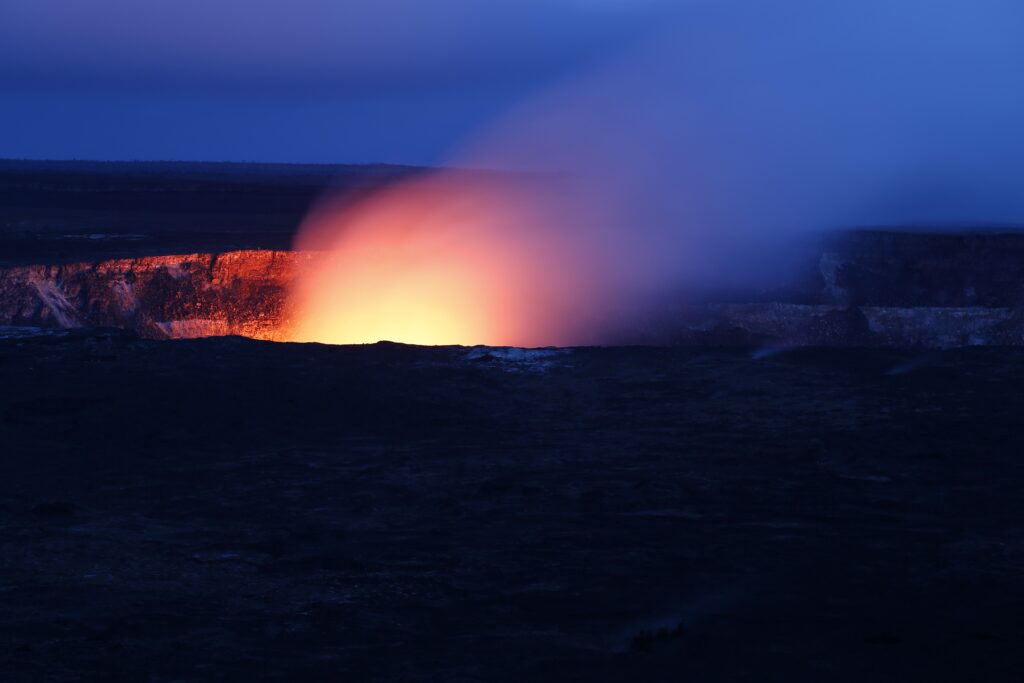
Whale watching is just the tip of the iceberg when it comes to enjoying the beauty of Hawaii. The islands are blessed with stunning beaches and landscapes that are waiting to be explored. From relaxing on the golden sands to hiking through lush rainforests, Hawaii’s natural wonders will leave you in awe.
Sampling Hawaiian Cuisine and Cultural Experiences.

To truly immerse yourself in the Hawaiian experience, dive into the local cuisine and cultural offerings. From traditional luau feasts to savoring fresh poke bowls, the flavors of Hawaii will tantalize your taste buds. Don’t miss out on the opportunity to learn about the rich Polynesian heritage through traditional dance and music performances.
Engaging in Water Sports and Outdoor Adventures.
For the adrenaline junkies and adventure seekers, Hawaii offers endless opportunities to get your heart pumping. Try your hand at surfing the famous Hawaiian waves, snorkeling in vibrant coral reefs, or embark on a thrilling hike up one of the volcanic peaks. There’s never a dull moment in the land of aloha! In conclusion, Hawaii offers an unparalleled opportunity to witness the captivating beauty of humpback whales in their natural habitat. By understanding the best time to visit and the prime locations for whale watching, you can maximize your chances of encountering these majestic creatures. Whether you choose to embark on a guided tour or explore on your own, practicing responsible whale watching and supporting conservation efforts are crucial. So, pack your bags, prepare your camera, and get ready for an unforgettable experience of observing these magnificent creatures as they grace the waters of Hawaii.
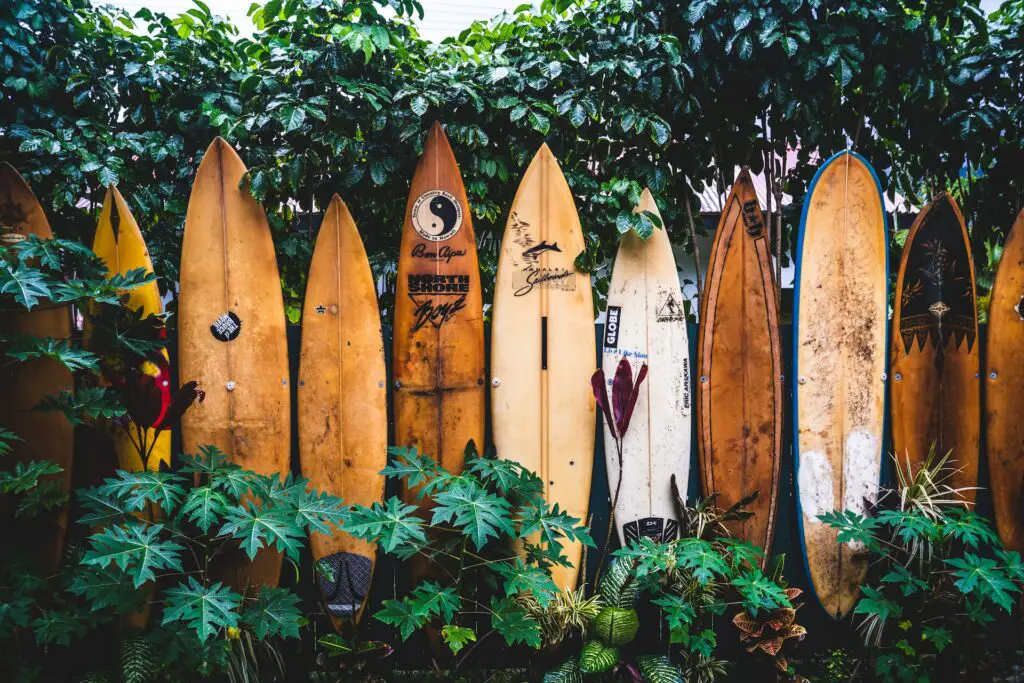
FAQ
When is the best time to visit Hawaii for whale watching?
The peak whale watching season in Hawaii typically runs from December to April. During this time, humpback whales migrate from Alaska to the warm Hawaiian waters to breed and give birth. However, whale sightings can still occur outside of this period, so it’s worth checking for updates and local reports before planning your trip.
What are the best islands in Hawaii for whale watching?
While all the Hawaiian Islands offer opportunities for whale watching, Maui, Oahu, and Kauai are renowned for their exceptional sightings. The Auau Channel between Maui and Lanai, the waters off Oahu’s North Shore, and the coastlines of Kauai provide prime locations known for their abundance of whale activity.
Are there whale-watching tours available in Hawaii?
Yes, there are numerous whale-watching tours available in Hawaii. These tours are led by experienced guides who are knowledgeable about whale behavior and the best spots for sightings. They provide a safe and educational experience, often offering amenities such as hydrophones to listen to whale songs and expert commentary to enhance your understanding of these incredible creatures.
How can I contribute to whale conservation in Hawaii?
If you’re passionate about whale conservation, there are several ways you can contribute during your visit to Hawaii. Supporting local organizations dedicated to marine conservation, adhering to responsible whale-watching guidelines, and spreading awareness about the importance of protecting these incredible creatures are all impactful ways to make a difference. Additionally, avoiding single-use plastics, participating in beach cleanups, and choosing eco-friendly tour operators can also contribute to conservation efforts.


